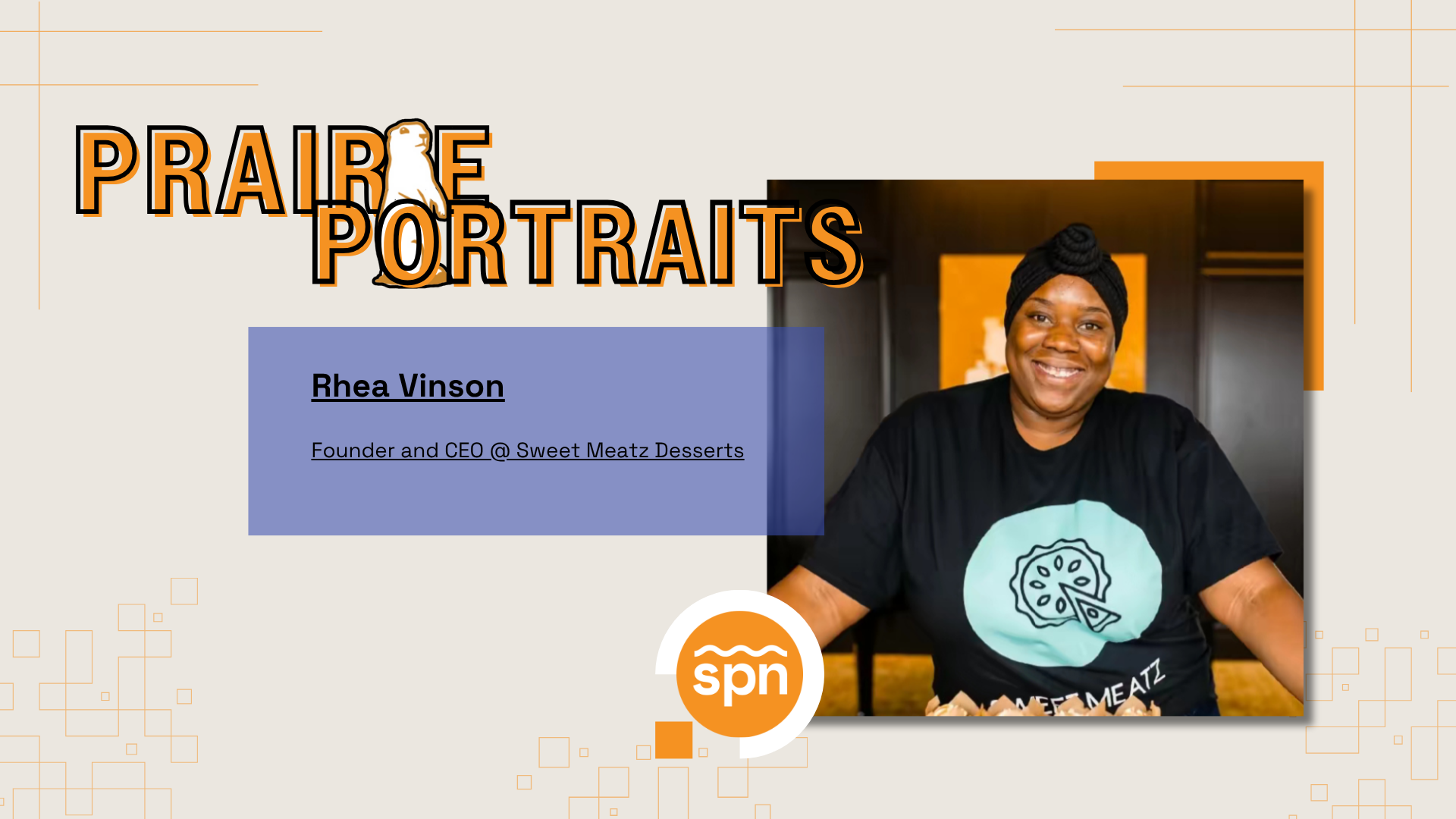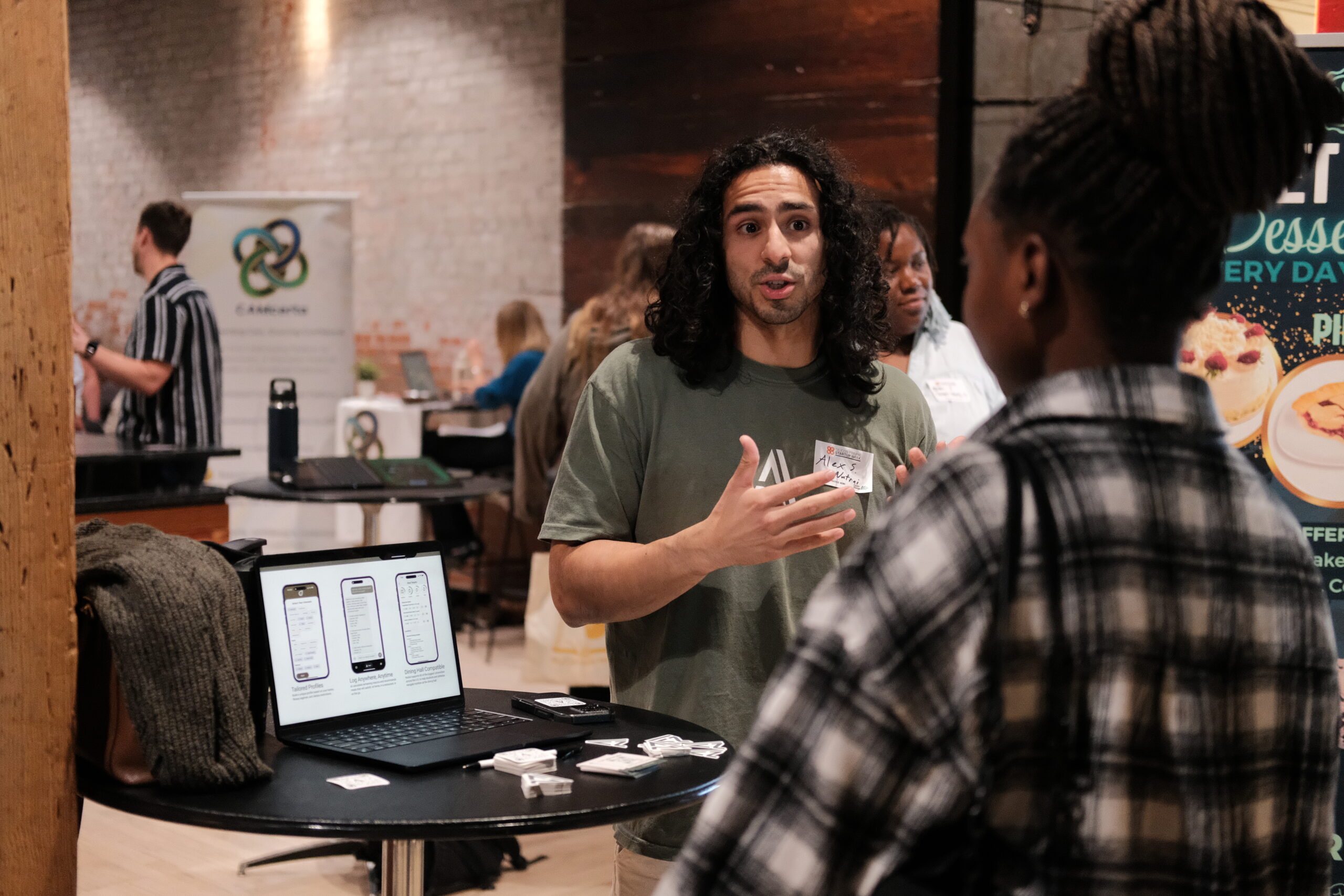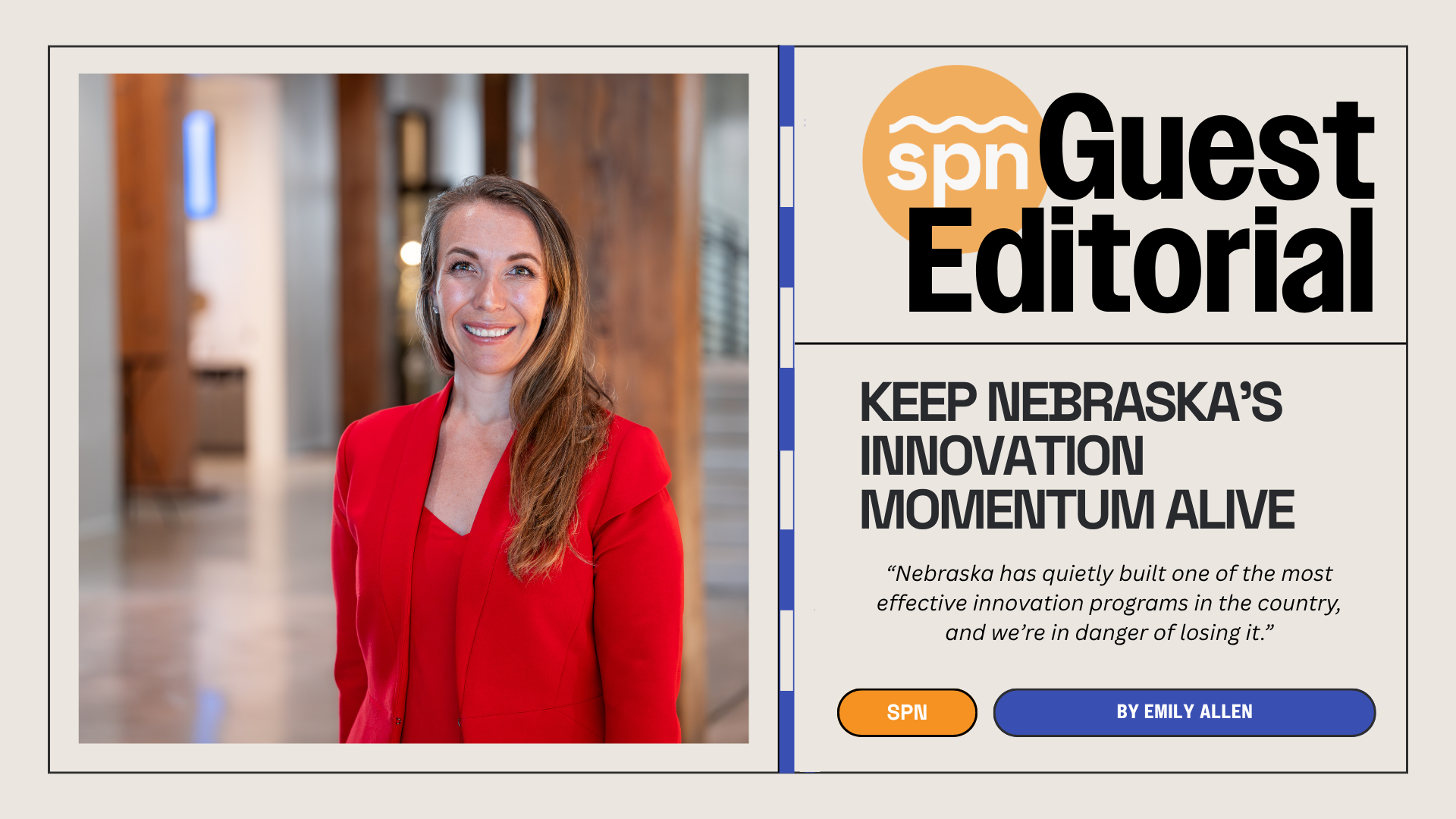 Author Bio: As the founder of Learning Innovations, I work with learners and leaders to dream about the way things should be and then figure out how to get there.
Author Bio: As the founder of Learning Innovations, I work with learners and leaders to dream about the way things should be and then figure out how to get there.
Since coming to Omaha in 2008 from Palo Alto, California, the main project I have been working on is the Omaha Science Media Project, a collaboration between Omaha Public Schools, research biologists, and journalists to train teachers and students as science journalists. In 2010, I started leading seminars locally and globally for education and non-profit leaders on “design thinking” that build on the work from Stanford University’s “d.school” and IDEO.
Prior to coming to Omaha I worked at Stanford’s Center for Innovations in Learning working closely with faculty from all departments to prototype new learning activities – and at the School of Education, teaching Designing Learning Spaces, a course that matched graduate students in education with museums, libraries, schools, and other learning organizations to design better spaces for learning. (Photo courtesy of Dan Gilbert.)
“The dogmas of the quiet past are inadequate to the stormy present. The occasion is piled high with difficulty, and we must rise with the occasion.”
– Abraham Lincoln, December 1, 1862, Annual Message to Congress
My favorite quote from my favorite TED talk is from an Englishman quoting an American President nearly 150 years ago. I could quote Sir Ken Robinson’s “Bring on the Learning Revolution” talk and reflect on just about every sentence, but I’d rather encourage you to watch it and read on the interactive transcript to the right of the video. If you haven’t explored that feature of TED before, it really is part of a fantastic tool kit and a convenient segue to my post. Having that searchable transcript immediately adjacent to the video itself can make a passive experience active. Instead of just listening to a video (even an engaging one) we can control the experience – we can scan and click through the video, read comments and react to them, place the content in contexts that are relevant to each of us (sharing, embedding, tweeting, etc.) and connect with other related content.
Contrast that experience with what we ask students do with textbooks.
It is probably not news to the readers of Silicon Prairie News that innovation is not only about creativity, technology and processes it is fundamentally about people. Many technologists and designers speak passionately about user-centeredness as a core philosophy of their work. To connect with the education community though, we need to push much further because frankly the stakes are higher. Consider the difference between “users” and “stakeholders” – none of us are mere users of any formal education system, whether public, private, early education, K-12, or higher education.
Back to Lincoln though and why that matters now. Two words from that passage stand out for me “Dogmas” and “We.” So much of the conversation around schools is starting from the assumption that if we only fix one part of the process then the products (students) will be better. But the real problem is that we thinking in terms of an industrial model and an agricultural calendar when we are living in a dynamic knowledge age.
One more quote from Sir Ken’s talk:
“Reform is no use anymore because that’s simply improving a broken model. What we need – and the word’s been used many times during the course of the past few days – is not evolution, but a revolution in education. This has to be transformed into something else.”
In 2009, Sir Ken spoke at the Creative Company Conference. Photo by Sebastiaan ter Burg via Flickr.
Whether we talk about good news or bad news, test scores, charter schools, dropouts, STEM, teachers’ unions, class sizes, school lunches, school funding, or any other issue connected with schools, most of the solutions are still rooted in the industrial metaphor. The “innovations” that are being advanced are akin to trying to improve quality assurance rather than thinking about the nature of the products and if we should really be running a factory in the first place.
New York Times columnist Bob Herbert describes a conversation with Bill Gates that I find myself coming back to regularly in my work (see: “Clueless in America“):
Bill Gates, the founder of Microsoft, offered a brutal critique of the nation’s high schools a few years ago, describing them as “obsolete” and saying, “When I compare our high schools with what I see when I’m traveling abroad, I am terrified for our work force of tomorrow.” Said Mr. Gates: “By obsolete, I don’t just mean that they are broken, flawed or underfunded, though a case could be made for every one of those points. By obsolete, I mean our high schools — even when they’re working as designed — cannot teach all our students what they need to know today”
If you haven’t done so in awhile, take a minute to reflect on these “dogmas of the quiet past”:
- What is the rationale for a 3-month summer vacation in the twenty-first century?
- Why do we still teach in ‘silos’ math, english, history, etc.? when we know that understanding the world requires holistic thinking about complex problems?
- What is a high school graduation seen as a successful outcome for the educational system?
- What does it mean to spend class and homework time memorizing content when every fact ever known in the history of the planet is available in seconds on devices that students have with them nearly all of the time? (think states and capitals)
Your reflections are important – not the generic “you,” but the specific you who is reading this – because you are part of the opportunity. And that leads me to the second word of the Lincoln quote that stands out the “We.” Finding ideas, processes, people, and resources that make learning better is all of our responsibility. We don’t all have to teach, but I would say we all have to engage. The audience for this blog certainly knows the importance of continually learning new skills and meeting new people and I strongly encourage you all to think ask yourself “How can I help someone learn?” This can start with something as straightforward as helping a family member learn how to use a specific technology

Participants in one of Gilbert’s workshop take part in an outside of the box activity. Photo by Dan Gilbert.
A bigger and bolder step though would be to try and work directly with learners you don’t know. This does not have to be through a school, though it certainly could be. I’d really push you to find a way to create one-hour in your schedule and physically walk into a local library, museum, community organization, or company and seek out how you can help people learn. I think you’ll be amazed at what “we” can all do. The more we do that, the more good ideas will come flying through our networks and the greater impact we will be able to have.
I need to conclude with a big thank you to the Silicon Prairie News team for inviting me to contribute to this fascinating community. I hope that some of the reflections and materials above are new to you and I am interested to hear your ideas about connecting your own work with learners wherever they happen to be.
To see more photos of Gilbert’s workshops, visit: flickr.com.



